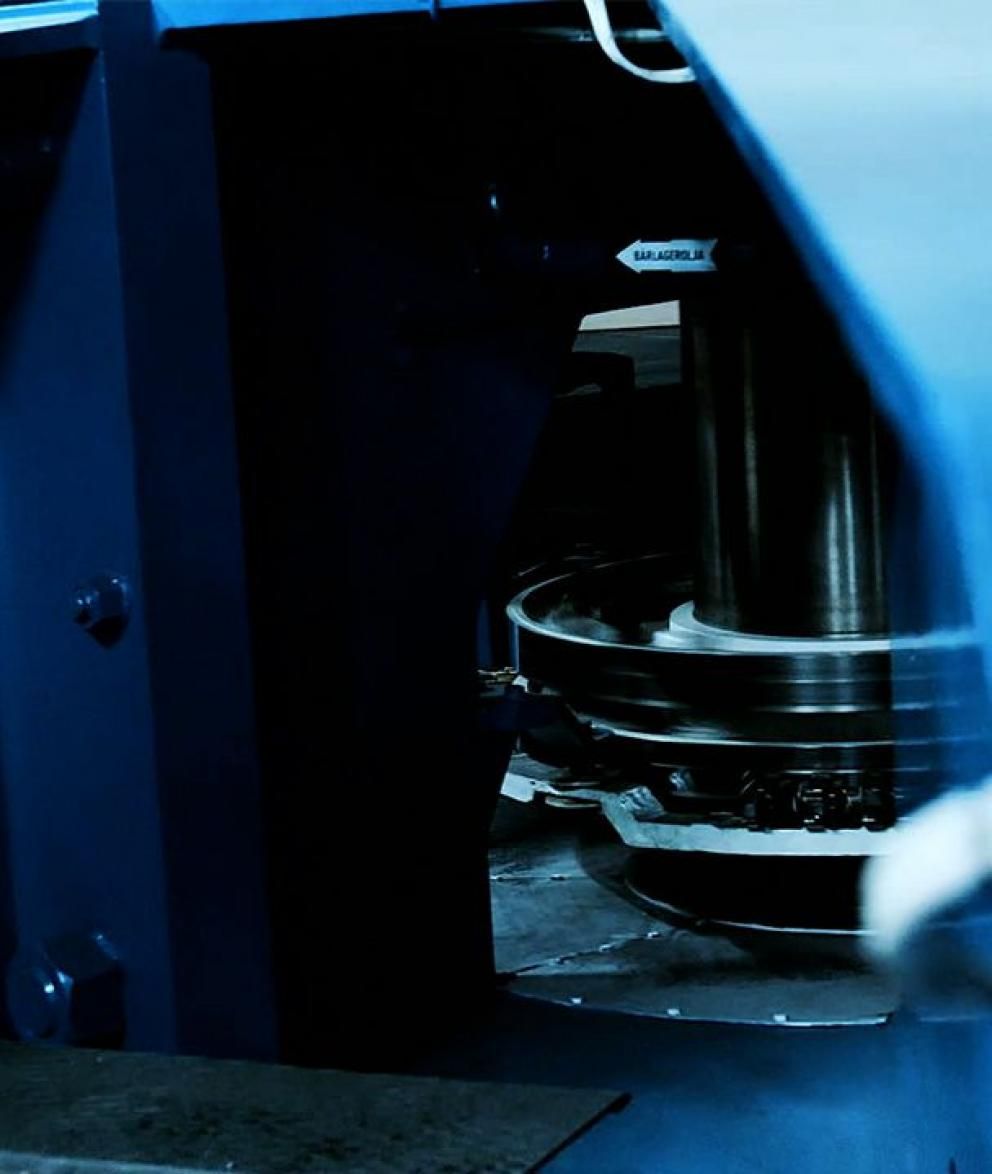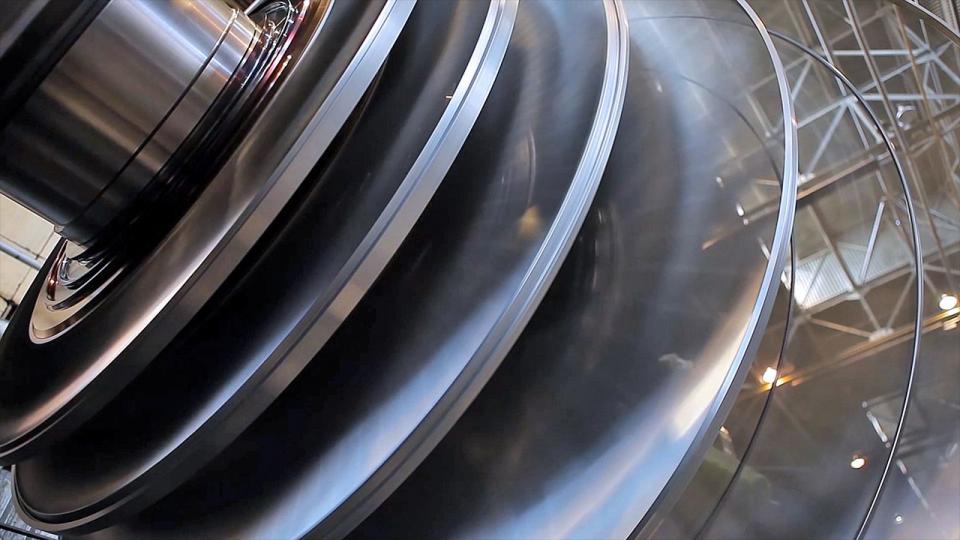It can be described as an energy that buys us time, so that we can ramp up or ramp down electricity generation without causing any major disruptions or power failures. Our hydro and nuclear power plants are the main contributors of rotational energy to the Swedish electricity system.
System inertia easily explained
What is system inertia? And what happens if it suddenly disappears? This video explains system inertia easily.
50 Hz – the magical limit for a balanced electricity system
Since large amounts of electricity cannot be stored, electricity needs to be produced at the precise moment we use it. This entails that we must be able to handle changes in the electricity supply and demand in real time. To ensure a balanced electricity system, the frequency in the electricity grid should be between 49.9 Hz and 50.1 Hz, and ideally at 50.0 Hz. If the frequency should fall below 49.0 Hz, we will experience major disruptions to our electricity distribution. In the worst case, such a frequency drop could even result in blackouts and power cuts in most of Sweden.
Rotational energy allows us to quickly offset voltage fluctuations, so that we can ramp up or ramp down electricity generation without causing any major disruptions or power failures. When a power plant stops driving a generator, it continues to produce electricity for a little longer. The heavier the generator and turbine, the longer it continues to spin. The more rotational energy we have in our electricity system, the easier it is to maintain the right frequency and thereby the quality of electricity.
Sweden needs stable high-quality electricity
Our industries and important societal functions require an electricity system with high-quality electricity in order to function and develop. A brief production shutdown at an electricity-intensive industrial company could result in the loss of SEK 1 million kronor and entail potential long-term consequences for future investments, job opportunities, and even Sweden’s ability make the switch to a climate-neutral society. Therefore, it is crucial for our society to, at any given second, have access to the right amount of electricity throughout the country and that the electricity is of sufficiently high-quality.
The quality of electricity is determined by two factors: continuity and voltage level. Continuity entails that electricity shall be free from disruption, and voltage level entails that the electricity’s voltage must not fluctuate beyond the permissible guideline values. If the electricity lacks continuity or a stable voltage level, it could result in power outages and damage our electrical devices.
How do we create a balanced high-quality electricity system
The key to a balanced electricity system is access to stable, fossil-free and competitive electricity. This entails that we need a well-weighted mix between weather-dependent and stable power sources that can provide rotational energy as a backup. Although solar and wind power have numerous advantages, they do not contribute any rotational energy to the electricity system. Consequently, nuclear and hydropower are important components in our energy system. Every power source has its strengths and weaknesses, and it’s a matter of finding an optimal mix that works, technically and economically and in terms of the climate – to create overall stability and security.
We ensure Sweden has rotational energy
As part of the global Uniper Group, we are a major electricity producer for Swedish base industry and a guarantor of stable and reliable electricity generation to meet Sweden’s electricity needs. Hydro, nuclear and reserve power are produced at our power plants located throughout the country. Our electricity is used to enable our society and our industries to function, regardless of weather and time of year. In terms of hydropower, we are the third-largest producer in Sweden. Our 74 wholly and jointly owned hydropower plants, distributed from Lycksele in the North to Kristianstad in the South, account for approximately 12% of Sweden’s total hydropower production. In terms of nuclear power, the Uniper Group is co-owner of all three of Sweden’s active nuclear power plants located in Oskarshamn, Ringhals and Forsmark.
Stability in the Nordic power system
Swedish nuclear and hydropower plants are sources of stability, thanks to their large generators and turbines, which contribute a considerable amount of mechanical rotational energy to the power system.
Read our report about rotational energy
Find out more
In line with the global climate goals, the Swedish parliament has decided that Sweden will have net zero emissions of carbon dioxide by 2045. For Sweden to achieve this goal, the electricity system must be developed at a rapid pace.
Recent reports from Svenska Kraftnät about an increasing risk of electricity shortages in southern Sweden are serious.
For Sweden to function and continue developing, we need secure and stable access to fossil-free electricity throughout the country.



